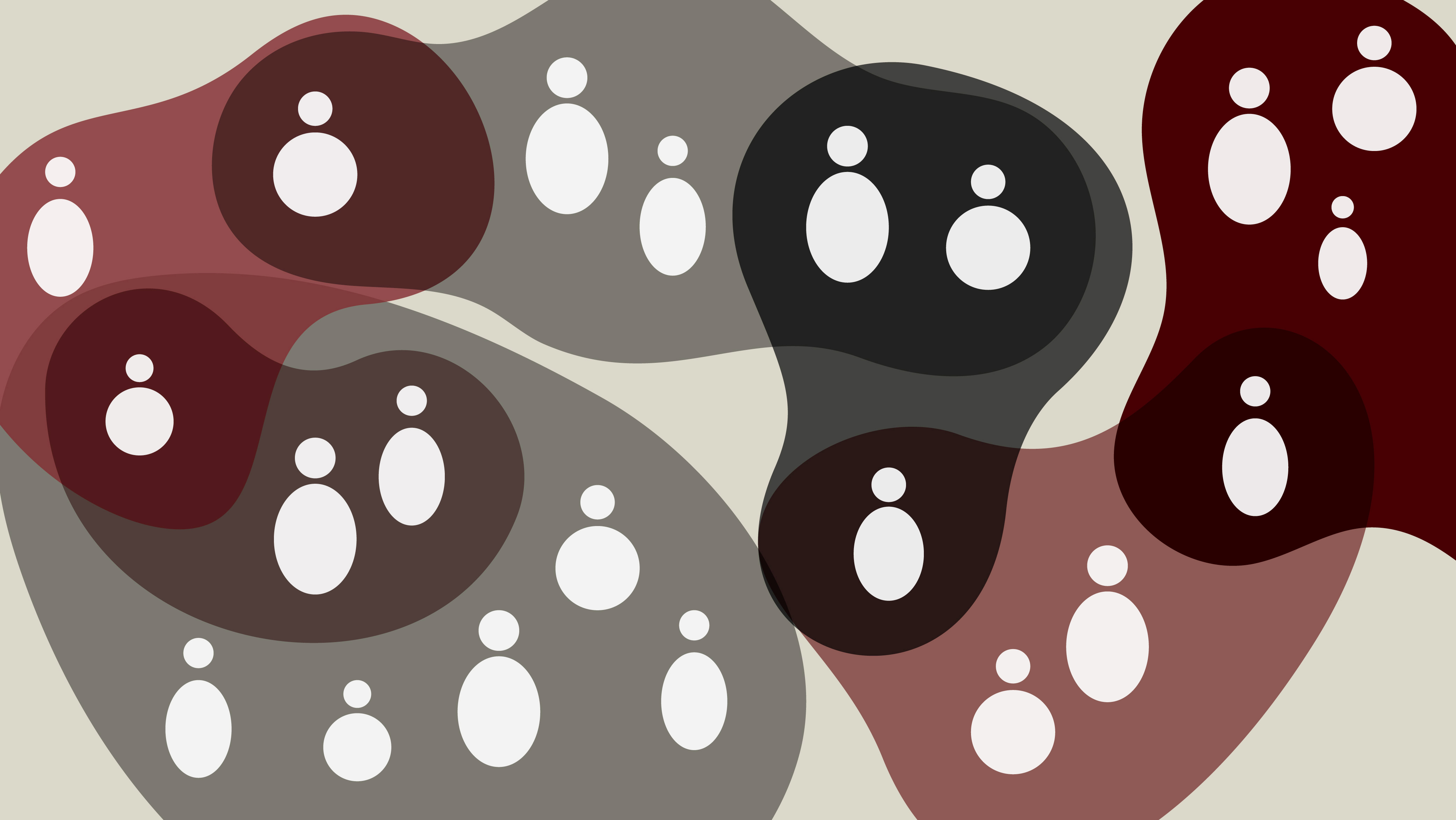
Picture a large organization — Texas A&M University, for example. Texas A&M employs over 26,000 people, and this workforce is divided into thousands of small groups working on their own projects, each influencing the organization’s success. Imagine if one group’s work was disrupted, but you had a tool that could help you decide how to reallocate that team’s work to maximize the chances of the organization’s continued success. Imagine if this same tool could help you determine the organization’s resilience.
New research in network science is exploring this possibility.
Dr. Nate Veldt, assistant professor in the Department of Computer Science and Engineering, is researching methods to measure and enhance resilience within complex networks. To do this, he will focus on developing computational tools for analyzing and enhancing resilience in dynamic hypergraphs. Veldt has been selected to receive an Air Force Office of Scientific Research (AFOSR) Young Investigator Program award in the Complex Networks research area for this work.
Traditionally, a network — a complex real-world system of interacting agents — would be represented as a graph: a mathematical structure made up of a set of data objects (called nodes) connected by pairwise relationships (called edges).
However, graphical representations of networks have limitations: They can show that two nodes are connected but cannot indicate all the in-depth details about the relationship necessary to assess the system’s resilience.
That’s where hypergraphs come in.
“The key idea behind a hypergraph is that it allows you to directly model more than two-way relationships,” Veldt said. Instead of edges, which represent the connection between two nodes, hypergraphs have hyperedges, which can involve more than two nodes. So, while graphs portray two-way relationships, hypergraphs can portray multi-way relationships.
The key idea behind a hypergraph is that it allows you to directly model more than two-way relationships.
Including multi-way relationships makes it possible for nuances to be reflected in a hypergraph representation of the network and should lead to models that are truer to real life. For example, using a hypergraph to model the projects of all the groups within Texas A&M allows a researcher to depict the interconnectedness of the teams and show how each team’s work affects the entire system.
“If you think of a hyperedge as being a set of people that are tasked with accomplishing a certain task, this team is more than just a sum of individual people's actions or a collection of two-way interactions between team members,” Veldt said. “There's a collaborative multi-way relationship to this.”
There are many applications for Veldt’s research. Network science touches a variety of fields, from biology to transportation, and Veldt’s goal is to develop computational methods that could be used to measure and enhance resilience in a wide range of networks.
Consider the effect of using a hypergraph to model all the bus routes in a city. A disturbance to a bus route — such as a bus breaking down, a bus driver being delayed, or construction causing a reroute — affects an entire group of bus stops and likely the entire system.
Modeling each bus route as a hyperedge could allow a researcher to better assess the impact of such disturbances on the whole system. They could identify weak points in the system and make decisions about how to fortify them. This transportation system would be considered resilient if passengers could still get to work on time despite these types of network disturbances.
Veldt expressed excitement about beginning this research.
“When I first became aware a few years ago of the Complex Networks program at AFOSR, I was immediately struck by how strongly the themes of this program overlapped with my own research focus on network science and graph algorithms,” Veldt said. “I am thrilled to now receive this award, as it indicates that the AFOSR also sees this strong overlap and is interested in funding the research I am passionate about.”
He also voiced gratitude to his colleagues.
“I’m grateful to the department and my colleagues for their support and for the great research environment I’m in,” Veldt said. “The Department of Computer Science and Engineering has been a great place to work and do the research that has enabled me to receive an award like this. My colleagues deserve acknowledgement for that.”